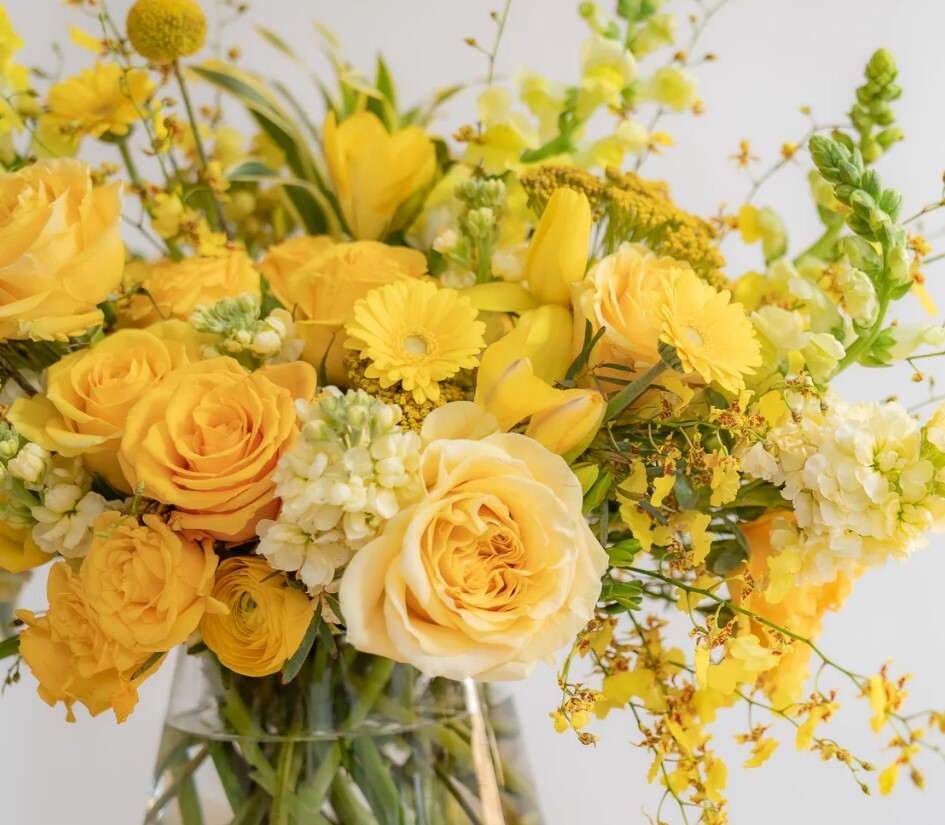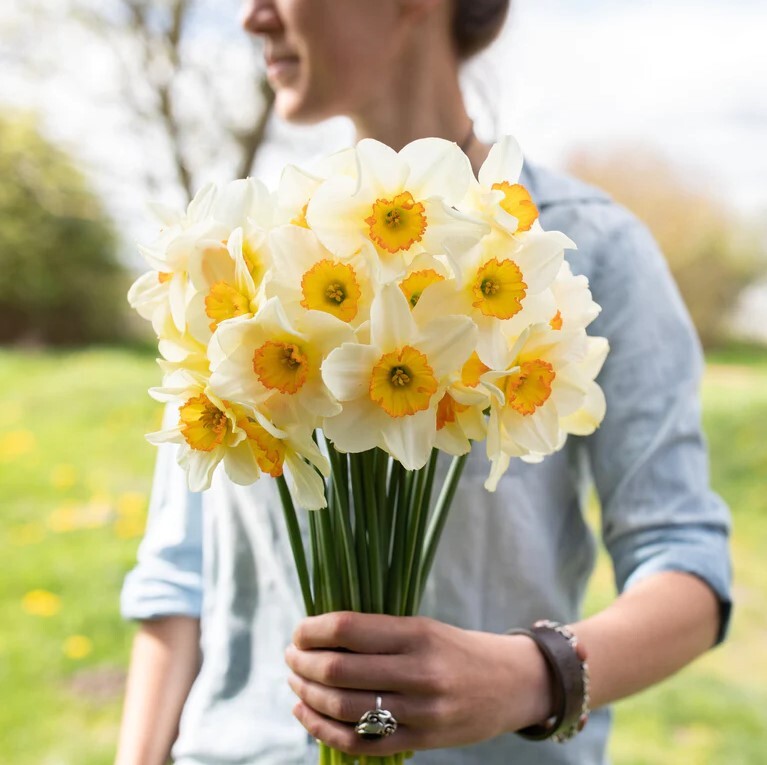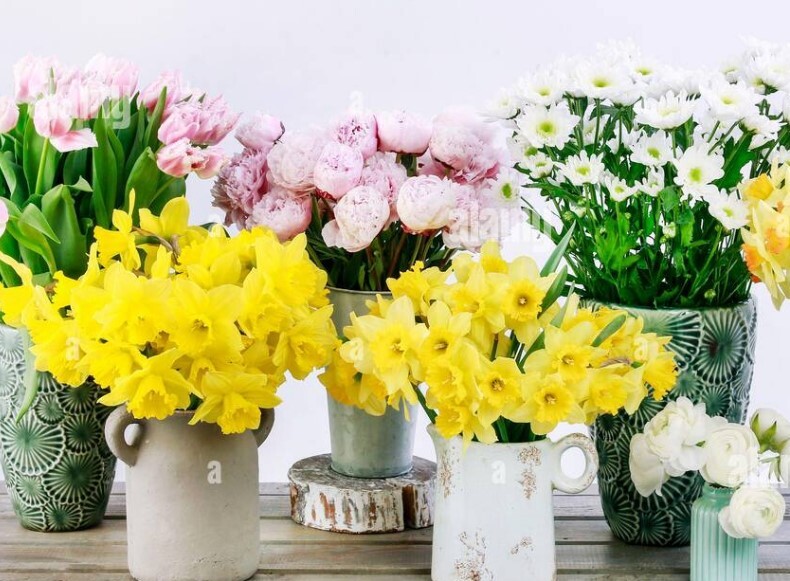Daffodils: Exploring Their Symbolism and Splendor
Daffodils are delightful spring-blooming flowers known for their vibrant yellow color and trumpet-shaped blossoms. Scientifically classified under the genus Narcissus, they are native to Europe and North Africa but have been widely cultivated across the world.
Here are some key points about daffodils:
Appearance: Daffodils typically have a central trumpet-shaped corona surrounded by six petal-like tepals. The color can range from bright yellow to white, and some varieties may have a contrasting-colored corona.
Symbolism: Daffodils symbolize rebirth and new beginnings, making them popular flowers for the spring season and events like Easter. They are associated with positivity and the arrival of warmer, sunnier days.
Cultivation: Daffodils are relatively easy to grow. They prefer well-drained soil and partial to full sunlight. They are often planted as bulbs in the fall for blooming in the spring.
Toxicity: While daffodils are beautiful, they contain alkaloids that can be toxic if ingested. It's essential to keep them out of reach of pets and children.
Cultural Significance: Daffodils are celebrated in various cultures. In Wales, the daffodil is a national symbol, and St. David's Day is associated with wearing and gifting daffodils.
Varieties: There are numerous daffodil varieties with different sizes, colors, and bloom times. Some popular types include the Trumpet Daffodil, the Jonquil, and the Poet's Daffodil.
Growing in Clusters: Daffodils often bloom in clusters, creating a visually striking display in gardens and landscapes.
Perennial Nature: Once planted, daffodil bulbs can return and bloom for several years, making them a perennial favorite for gardeners.
Whether used to brighten gardens, as cut flowers in arrangements, or as symbolic gestures, daffodils continue to captivate people with their cheerful presence and rich symbolism.



